Changes in curricula happen slowly, but the pandemic is changing that as remote learning now becomes the norm. In-person learning will still be offered, although not as widely as before the pandemic, virtual learning in education is the future. The Associated Press has the story:
Teaching programs across the country are giving more emphasis on implementation and planning for virtual learning
COLUMBUS, Ohio (AP) — Before last year, a one-credit technology course for students pursuing master’s degrees in education at the University of Washington wasn’t seen as the program’s most relevant. Then COVID-19 hit, schools plunged into remote learning, and suddenly material from that course was being infused into others.
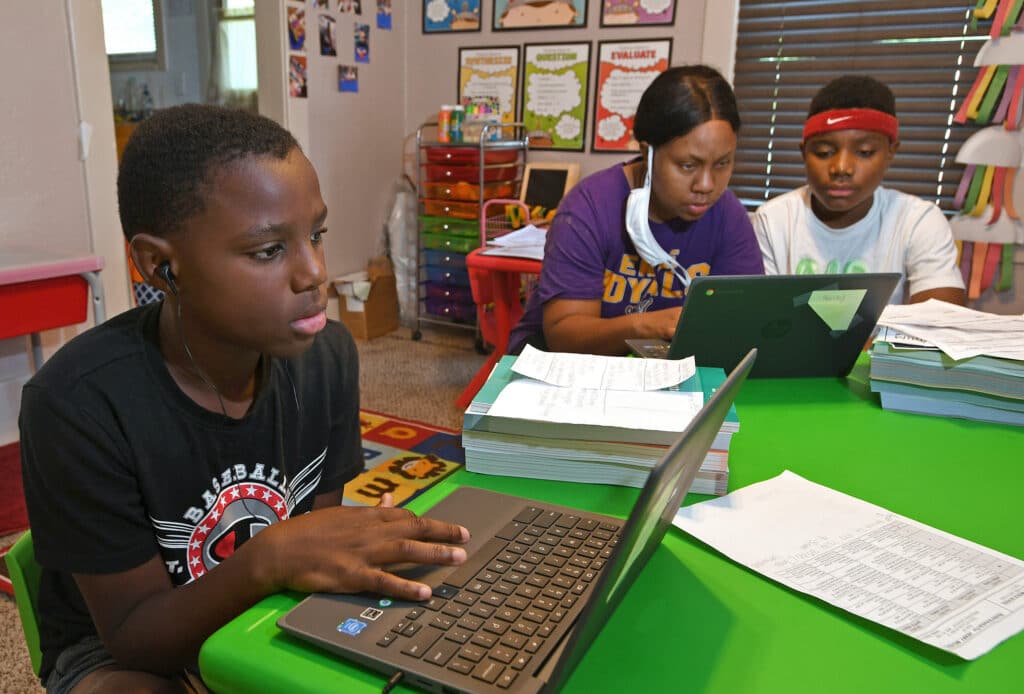
“It’s become so relevant, and it’s staying that way,” said Anne Beitlers, who directs Washington’s master’s program for secondary education. “And nobody’s going to question that now.”
Changes to standards and curricula happen slowly, but the pandemic is already leaving its fingerprints on the education of future teachers. Many U.S. educator preparation programs are incorporating more about digital tools, online instruction and mental and emotional wellness in their courses to reflect takeaways from the pandemic.
While school system leaders are hoping to offer in-person instruction as widely as possible this year, experts say the emphasis on technology will have benefits regardless of the pandemic’s course.
Across the country, teaching programs are giving more emphasis on how to plan and implement quality virtual learning.
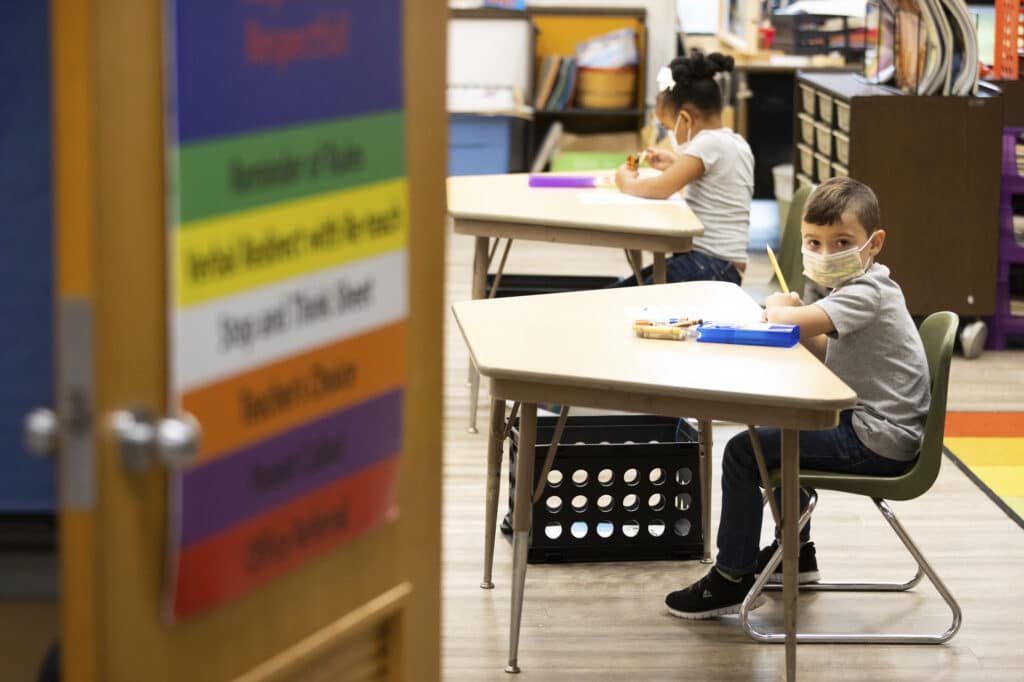
“I think it’s our responsibility to train our teachers to be able to do that, and if they find themselves teaching face-to-face, nobody’s hurt by additional information about teaching online,” said Jennifer Krawec, the University of Miami’s director of teacher preparation programs.
The education school at Iowa’s Drake University has introduced a course about best practices in online instruction. Others say they’ve accelerated or amplified how they integrate digital tools, videoconferencing and educational technology into their classes and how they prepare future educators to do the same.
Officials at Columbia University’s Teachers College say its students will continue to get practice in skills that became increasingly important during the pandemic, such as designing digital curricula or engaging kids in virtual or hybrid learning.
Southern Methodist University plans to ensure graduates from its education school now get training about using Google Classroom and evaluating educational technology. Instructors at New York University have become more intentional about explaining how and why they choose to use certain digital tools.
Changes are happening not only in what aspiring educators learn, but how.
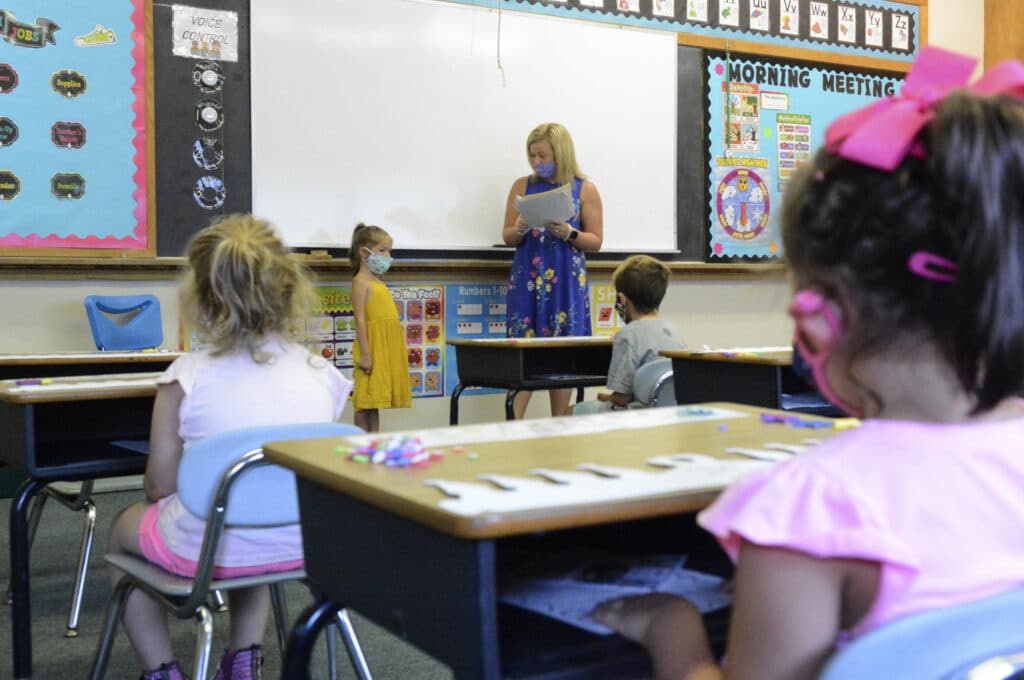
Consider how colleges adapted when school closures blocked observation and teaching opportunities in K-12 classrooms. Some programs instead had their students analyze videos of top teachers in action, and say they plan to keep using those videos in addition to future classroom visits. Some colleges placed their students in virtual classrooms or had them do online tutoring, and say they may continue to explore those options.
Some prep programs also adopted or expanded use of computer-simulated classrooms for training prospective teachers, said Lynn Gangone, the president of the American Association of Colleges for Teacher Education.
“It allows for the mentor teacher to be there observing, and it doesn’t bring harm to any kids,” Gangone said.
Students at Vanderbilt, Florida and Ball State started using software that allows them to record the lessons they were presenting to kids and review or critique that video later on their own, with classmates or with supervisors. And some field supervision of teaching candidates from the University of Cincinnati likely will continue to be done virtually because that mode has proved much more flexible, according to the director of that education school.
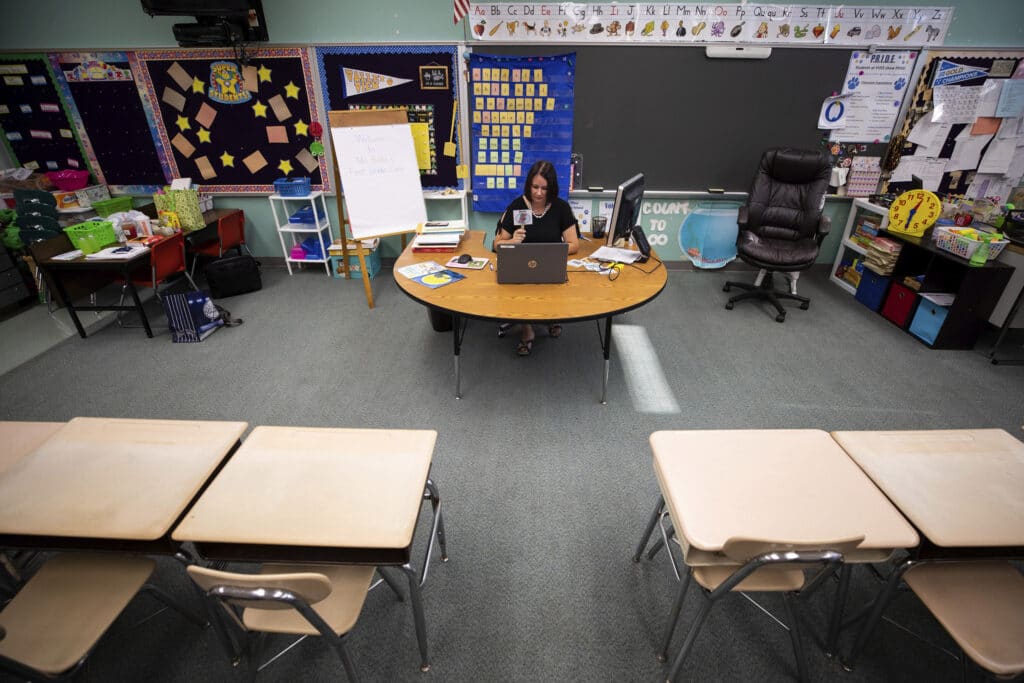
Arizona State University’s Mary Lou Fulton Teachers College is starting to offer some of its teacher-preparation programs remotely to make them more accessible to in-state residents who aren’t near campus but could still get real-world experience in classrooms in their areas.
“Our experience with the good, the bad and the ugly of remote instruction has given us the confidence, and also revealed the need, to get good at being able to do what we can in teacher prep remotely,” said Paul Gediman, the college’s executive director of marketing and advancement.
At North Carolina State University’s College of Education, instructors are trying to integrate remote learning strategies and tools that can still be used in face-to-face teaching, such as the interactive whiteboard Jamboard or the student engagement platform Seesaw, said Erin Horne, an assistant dean.
Horne said they’ve also been dedicating more class time to social-emotional learning and trauma-informed care.
Those topics are getting heightened attention elsewhere, too. Officials at Penn State University said more discussions about mental and emotional health have been integrated into their seminars for teacher candidates as well as methods courses. Washington University in St. Louis has started asking its teacher candidates to draft specific plans for how they can practice self-care and dodge burnout while teaching, according to its director of teacher education.
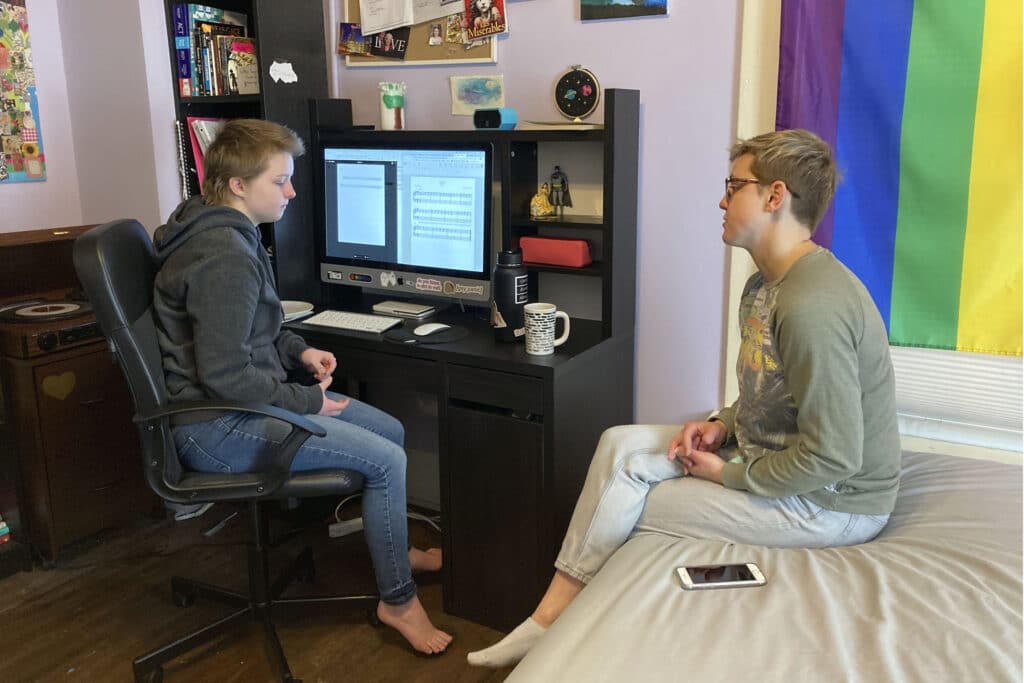
American Federation of Teachers President Randi Weingarten said she thinks teacher prep programs will continue to move toward preparing educators more with digital tools, social-emotional tools and trauma-based instruction. She noted that the union started a new professional development course in trauma-informed instruction, and it’s in high demand.
Phillip Rogers, who leads the National Association of State Directors of Teacher Education and Certification, said he believes skills in virtual instruction will eventually become a more regular part of teacher training, but there’s not yet much movement among states to require that in teacher prep programs.
Byline: By KANTELE FRANKO






